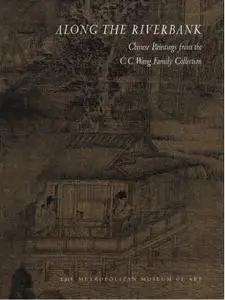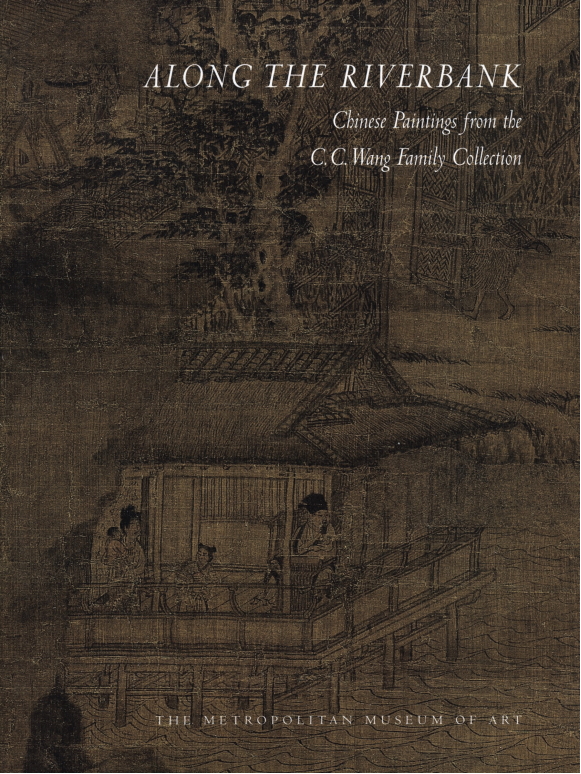Maxwell K. Hearn, Wen Fong, "Along the Riverbank: Chinese Painting"
1999 | ISBN: 0870999052 | English | PDF | 174 pages | 40.2 MB
1999 | ISBN: 0870999052 | English | PDF | 174 pages | 40.2 MB
This publication celebrates the promised gift to The Metropolitan Museum of Art from the Oscar Tang family of twelve major works from the C. C. Wang Family Collection, one of the great private collections of Chinese old master paintings to be assembled in the twentieth century. Ranging in date from the tenth to the early eighteenth century, these works significantly extend the Museum's holdings and reveal those areas of Chinese painting of particular interest to Mr. Wang. An accomplished artist, Ch'i-Ch'ien Wang, a resident of New York City since 1949, began collecting paintings in Shanghai more than seventy years ago. Works from his collection, long known to Western scholars and connoisseurs, are now in many American public institutions and universities. The Metropolitan owns some sixty works formerly in this collection, the twelve presented here constituting the most recent addition to the Museum's holdings from this source. Along the Riverbank is published on the occasion of the exhibition "The Artist as Collector: Masterpieces of Chinese Paintings from the C. C. Wang Family Collection," which includes most of the works acquired by the Museum from Mr. Wang since 1973.
Among the twelve paintings presented here is the famed Riverbank, attributed to the tenth-century master Dong Yuan (active 950s–60s), one of the patriarchs of the scholarly Southern school of landscape painting. It is generally recognized as one of the rare extant paintings marking the inception of the monumental landscape tradition in China. An essay by Wen C. Fong presents an in-depth stylistic analysis and contextual history of the painting. A physical analysis of the work is also included.
An extended essay by Maxwell K. Hearn examines all twelve paintings. The major examples of landscape art include Simple Retreat, by the renowned scholar-artist Wang Meng (1308–1385), who drew inspiration from the vision of landscape created by Dong Yuan and other tenth-century painters. In addition to landscapes, the collection features several important figure paintings, including Palace Banquet, by an unknown Academy painter of the Southern Tang dynasty (967–75) and a long monochrome narrative by Zhao Cangyun, a late-thirteenth-century survivor of the Mongol conquest. The genre of flower-and-bird painting is represented by Mandarin Ducks and Hollyhocks, a pictorial metaphor of marital happiness by the leading early Ming academic master Lü Ji (active late 15th century), and by Two Eagles, a defiant symbol of political resistance by Bada Shanren (1616–1705), a member of the Ming royal house who lived through the occupation of China by the Manchus.
Artists: Bada Shanren (Zhu Da) (Chinese, 1626–1705) | Dong Qichang (Chinese, 1555–1636) | Dong Yuan (Chinese, active 930s–60s) | Guo Xi (Chinese, ca. 1000–ca. 1090) | Liang Kai (Chinese, active first half of 13th century) | Ni Zan (Chinese, 1306–1374) | Wang Hui (Chinese, 1632–1717) | Wang Meng (Chinese, ca. 1308–1385) | Wu Li (Chinese, 1632–1718) | Wu Zhen (Chinese, 1280–1354) | Xu Beihong (Chinese, 1895–1953) | Zhang Daqian (Chinese, 1899–1983) | Zhao Cangyun (Chinese, active late 13th–early 14th century) | Zhao Mengfu (Chinese, 1254–1322)



